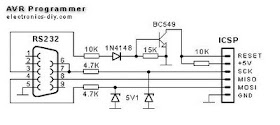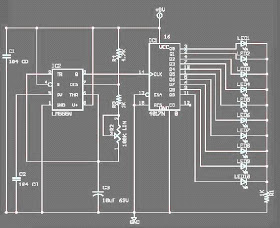The problems that often appear when you want to make a speaker box set itself is large so that the required optimal results? When the box is too large, then the low tones produced less power, but if it feels too small voices will explode feel-ledak low frequency response and the resulting reduced. In short, either too large or too small so low a tone you would expect we will not be generated properly. Akan problems but most of the other speakers in the local market does not have nearly the complete list with the specification. Usually only the size of the diameter, Impedance nominal and maximum power, such as 12 ", 8 Ohm, 400 watts. That's it.
Based on a book publication that includes techniques to create speaker closed with a conventional way using only standard diameter speaker. In the book charts given volume needed by the speaker based on the diameter of a closed box speakers are as follows:
With:
X = Diameter speaker
Y = volume Box (in Litre)
The graph above shows the limit above and below the limit of the required volume in liters. For example, the speaker berdiameter 6 "- 6.5" that many circulating in the market, the volume required is between 8.8 liters to 12.7 liters. The graph is expected to be useful for many who want to make a good speaker system using the materials in the local market
and the following list of Size Speaker Box based manufacturer ACR output, you can also use it
Source www.banuaji.blogspot.com
and the following list of Size Speaker Box based manufacturer ACR output, you can also use it
- 12″ ACR – 12360 – 139.53 liter
- 12″ ACR – 12380 – 124 liter
- 12″ ACR – 1225 – 173.19 liter
- 12″ ACR – 1240 – 79 liter
- 10″ PA – 10880 – 42 liter
- 12″ PA – 12880 – 103 liter
- 15″ ACR 15610 – 222 liter
- 15″ ACR 15750 – 155.62 liter
- 15″ ACR DELTA 15 – 188 liter
- 18″ AX 18420 GRAND ACR NEW 450 liter
- 21″ AX 21800 GRAND ACR NEW 640 liter
- A litre is defined as a special name for a cubic decimetre (1 L = 1 dm^3 = 1000 cm^3). Hence 1 L ≡ 0.001 m^3 (exactly). So 1000 L = 1 m^3 (see table below)
Source www.banuaji.blogspot.com

















































